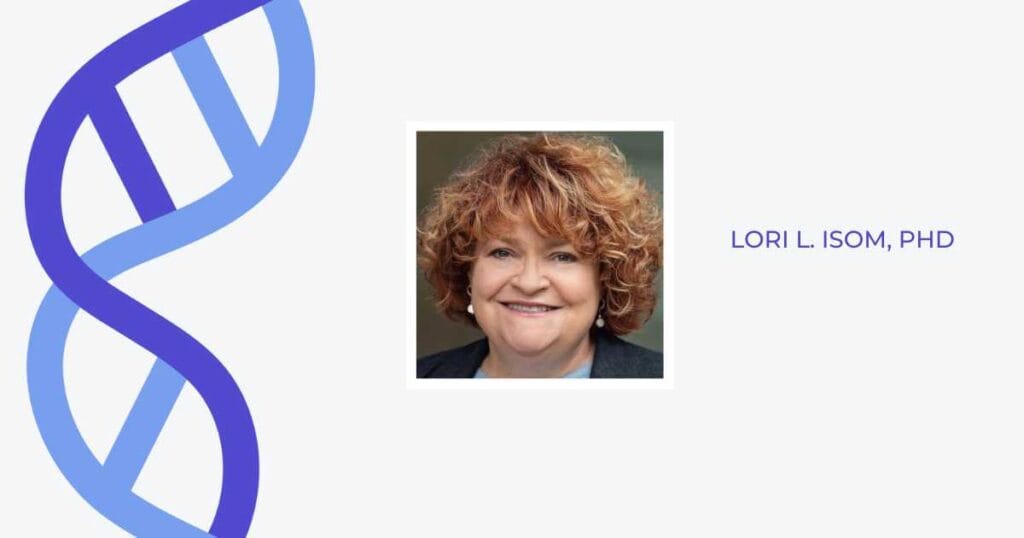Lori L. Isom, PhD- University of Michigan
Understanding phenotypes and biomarkers leading to SUDEP in a transgenic rabbit model of Dravet syndrome
Special Project Funding: 3 years – $750,000
This grant was funded with support from JAM for Dravet
Grant Summary from the Investigators:
Sudden Unexpected Death in Epilepsy (SUDEP) is a leading cause of death in patients with epilepsy. SUDEP mechanisms are not understood, although there is evidence to implicate respiratory and cardiac dysfunction in addition to seizures. We know that genes encoding voltage-gated sodium channel α (SCN1A, encoding Nav1.1, and SCN8A, encoding Nav1.6) and β1 (SCN1B) subunits are high SUDEP risk genes that are critical for brain function. Loss-of-function variants in SCN1A or SCN1B are identified in patients with the Developmental and Epileptic Encephalopathy (DEE) Dravet syndrome (DS) and gain-of-function variants in SCN8A are found in patients with DEE13. DS and DEE13 patients appear to have the highest SUDEP risk; up to 20%. There are few effective therapies for any of the genetic epilepsies and no reliable biomarkers for SUDEP risk. Importantly, SCN1A, SCN8A, and SCN1B are expressed in both heart and brain of humans and rodents. Because of this, we proposed that cardiac arrhythmias may contribute to the mechanism of SUDEP in sodium channel-linked genetic epilepsies. We were the first group to show evidence for altered heart cell excitability as well as cardiac arrhythmias in mouse models of DEE. We were also the first to show that induced pluripotent stem cell (iPSC)-derived heart cells from DS patients contain substrates for arrhythmias. This work led to the prediction of cardiac abnormalities in one DS patient prior to their clinical diagnosis. DS patients also often display disordered breathing, suggesting dysfunctional brain control of respiration may contribute to SUDEP risk. Respiratory failure often precedes cardiac failure and is thought to be a major contributor to SUDEP.
Importantly, no mouse or iPSC model can completely replicate human DS. Because mouse hearts are very different from humans, we used human iPSC-derived heart cells from DS patients to investigate effects of SCN1A haploinsufficiency. Despite our success with iPSC models, cells in culture cannot replicate complex heart tissues, cardiovascular changes, or cardiac nerves. From the control of breathing standpoint, mouse are more resistant to hypoxia and prolonged apneas than humans. Even a potent opioid like fentanyl, which robustly inhibits breathing and causes mortality in humans, does not readily cause mortality in mice. Thus, we developed a transgenic rabbit model because rabbits more closely replicate human heart and respiratory physiology than mice and, unlike iPSCs, provide a complete animal model to translate to the clinical setting. We have found that DS rabbits have irregular breathing patterns that occur during the first week of life as well as spontaneous generalized seizures and cardiac arrhythmias that begin around 3 months of age. These exciting new results demonstrate that we have generated the first large animal genetic model of DS. However, we have not yet had the resources to follow the rabbits long enough (possibly 1-2 years) to observe SUDEP. The goal of this proposal is to surgically implant radio-telemeter devices in DS rabbits such that we can measure brain and heart function in real time in freely moving animals up to the time of SUDEP so that we can understand both the order of events occurring in brain and heart and identify the true cause of death. In parallel experiments, we are testing the effectiveness of Scn1a ASO in SUDEP prevention in our animals. The results of our work will inform the development of effective SUDEP interventions for DS patients.
About the Investigator:
Dr. Isom is the Maurice H. Seevers Professor and Chair of the Department of Pharmacology, Professor of Molecular and Integrative Physiology, and Professor of Neurology at the University of Michigan Medical School. She has served as Director of the Program in Biomedical Sciences and Assistant Dean for Graduate Education in the University of Michigan Medical School. She received her PhD in Pharmacology at Vanderbilt University School of Medicine and then trained as a postdoctoral fellow in the laboratory of Dr. William A. Catterall at the University of Washington. Dr. Isom’s research program at the University of Michigan focuses on voltage-gated sodium channel function and the roles of sodium channel gene variants in developmental and epileptic encephalopathy (DEE), including Dravet syndrome. Her lab investigates SCN1A, SCN1B, and SCN8A DEE variants in mouse models and in human induced pluripotent stem cell (iPSC) neurons and cardiac myocytes. They developed the first large transgenic animal model of Dravet syndrome, a Scn1a haploinsufficient rabbit. Their body of work has provided preclinical evidence for neuro-cardiac mechanisms of Sudden Unexpected Death in Epilepsy. Dr. Isom collaborated with Stoke Therapeutics to develop the first antisense oligonucleotide precision therapeutic agent for Dravet syndrome, which is now in clinical trials. Dr. Isom is Co-PI of the NINDS-funded EpiMVP Center Without Walls. She serves as PI of the NIH funded, Pharmacological Sciences Training Program T32 grant, co-chairs the Dravet Syndrome Foundation Scientific Advisory Board, served on the Board of the American Epilepsy Society, co-chairs the American Epilepsy Society-NINDS Benchmarks committee, chaired the NIH ESTA study section, as well as served on editorial boards of scientific journals. She has received awards for research and mentoring, including a NINDS Javits R37 MERIT award and the University of Michigan Rackham Distinguished Graduate Mentoring Award. She is a Fellow of the American Association for the Advancement of Science, a Fellow of the American Society for Pharmacology and Experimental Therapeutics, and a Fellow of the American Epilepsy Society. Dr. Isom was elected to the National Academy of Medicine in 2021 and received the American Epilepsy Society Basic Science Research Award in 2022.

